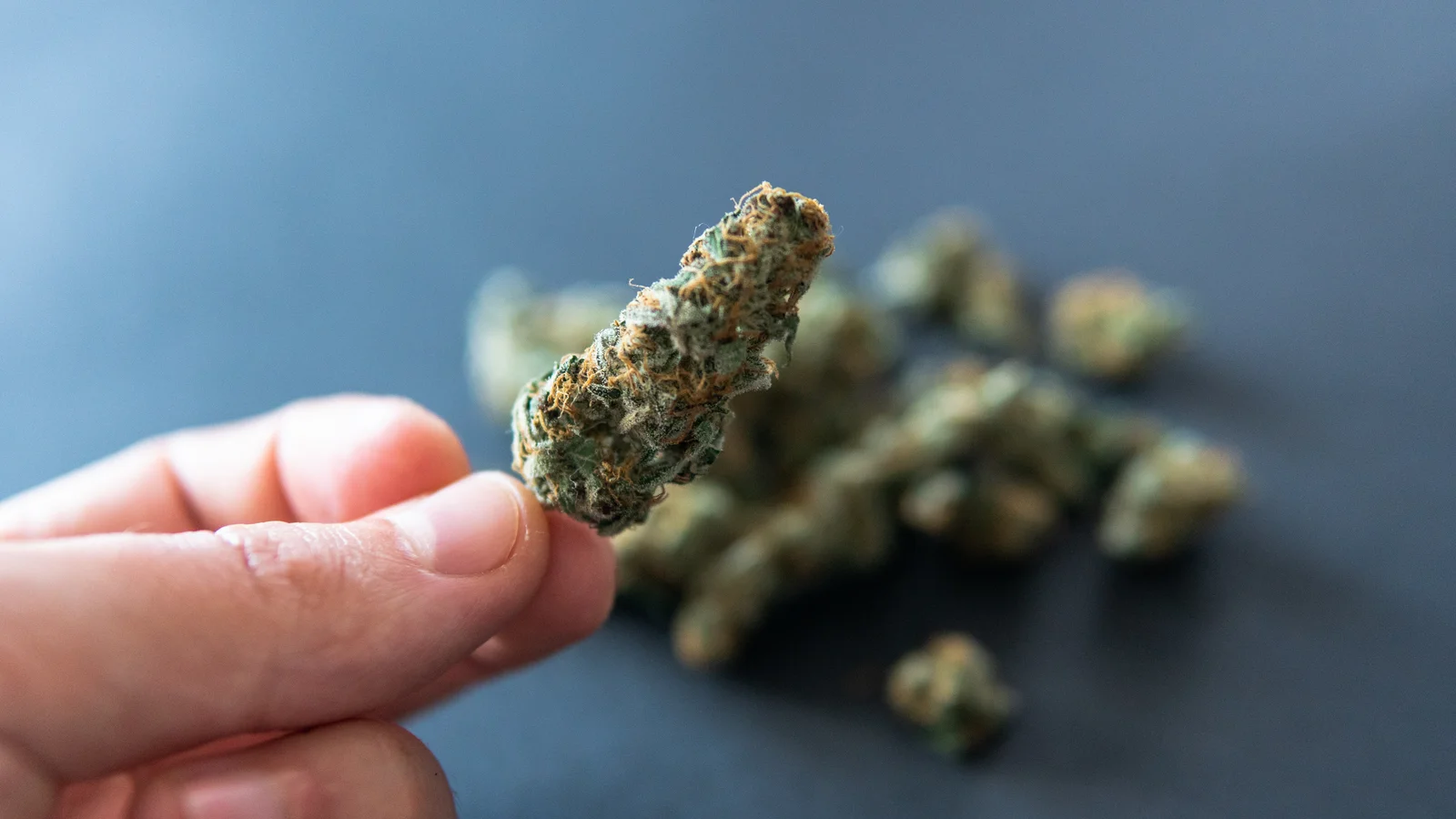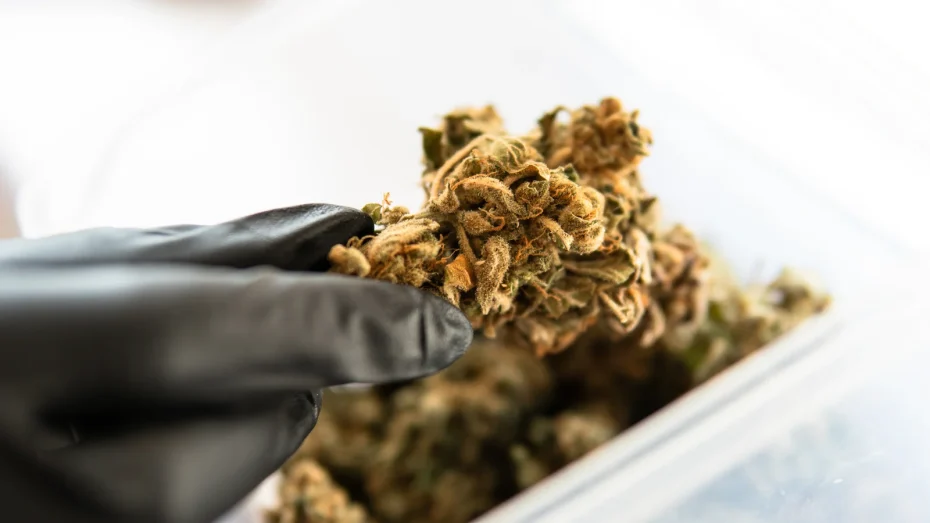Cannabis cultivation is a rewarding endeavor, but it comes with its own set of challenges, one of the most notorious being cannabis spider mites. These tiny pests can wreak havoc on your plants, leading to significant reductions in yield and quality. In this article, we will cover the essential aspects of cannabis spider mites, including how to identify them, prevent infestations, and implement effective treatment strategies. Our goal is to equip you with the knowledge needed to protect your crops from these persistent pests.
Identification of Cannabis Spider Mites
Spider mites are tiny, often less than 1mm in size, and can be difficult to see with the naked eye. They are usually found on the undersides of cannabis leaves and can vary in color from translucent to reddish-brown. Look for signs of spider mite damage on cannabis leaves, such as tiny yellow or white specks, which indicate where the mites have been feeding. Over time, this feeding can lead to stippling and bronzing of leaves, and severe infestations may cause leaf drop and plant death.

Prevention of Spider Mite Infestations
Preventing an infestation is always preferable to dealing with one. Here are some strategies to keep cannabis spider mites at bay:
- Environmental Control: Spider mites thrive in hot, dry conditions. Maintaining a humid environment and appropriate temperature levels can help suppress their population.
- Regular Monitoring: Conduct frequent inspections of your plants, especially in vulnerable areas like the undersides of leaves. Early detection is key to effective control.
- Beneficial Insects: Introducing beneficial insects cannabis allies, such as ladybugs or predatory mites, can naturally limit spider mite populations without affecting your plants negatively.
Effective Treatment Strategies
If your plants are already suffering from a spider mite infestation, you’ll need to act quickly to minimize damage:
- Neem Oil: This natural pesticide is effective against a wide range of cannabis pests, including spider mites. Apply a diluted solution using a foliar spray, ensuring you cover all parts of the plant.
- Insecticidal Soaps and Oils: These can be sprayed directly on the affected areas and work by suffocating the mites. Always follow the product instructions to avoid damaging your plants.
- Beneficial Insects: Releasing more specific beneficial insects, like the Phytoseiulus persimilis, which preys specifically on spider mites, can provide ongoing biological control.
- Cultural Practices: Remove heavily infested leaves and dispose of them properly to prevent further spread. Ensure your plants are properly spaced and not overcrowded, allowing for better air circulation.
Frequently Asked Questions
Are spider mites the only insects on cannabis that cause damage?
No, cannabis is susceptible to various insect threats, including aphids, whiteflies, and thrips. Each pest requires specific identification and control measures, similar to cannabis pest control for spider mites.
Can cannabis spider mites survive in outdoor conditions?
Yes, spider mites can thrive both indoors and outdoors, although their populations can be more challenging to control outdoors due to environmental variations.
How often should beneficial insects be released for effective control?
This depends on the level of infestation and environmental conditions. In general, releasing beneficial insects at regular intervals throughout the growing season can help maintain control.
How can I identify spider mites on my cannabis plants?
Physical Signs
- Webbing: One of the most tell-tale signs of a spider mite infestation is the presence of fine silk webbing on the underside of the leaves or between branches.
- Speckling on Leaves: If the leaves have small yellow or white spots (stippling), this is likely the result of spider mites feeding on the plant cells.
- Leaf Discoloration: As the infestation grows, leaves may take on a bronze or yellow hue and will often appear withered.
Detection Methods
- Visual Inspection: Use a magnifying glass to examine the underside of the leaves where mites typically congregate.
- Shake Test: Hold a white piece of paper under a branch and gently shake it to see if tiny, moving dots (spider mites) fall off.

What are some effective strategies to prevent spider mites on cannabis?
Environmental Control:
- Humidity: Spider mites thrive in dry conditions. Maintain indoor humidity levels between 40-60% to make the environment less hospitable for them.
- Temperature: Avoid excessively high temperatures as spider mites prefer warmer climates. Keep temperatures under 80°F (27°C) where possible.
Plant Hygiene:
- Quarantine New Plants: Always isolate new plants for a couple of weeks before introducing them to your grow area.
- Cleanliness: Regularly clean grow rooms and tools to reduce pest introduction and spread.
Companion Planting:
- Repellent Plants: Plant companions such as coriander or dill nearby. These can naturally repel spider mites.
What treatments are available if my cannabis plant has spider mites?
Biological Controls
- Predatory Mites: Introducing predatory mites such as Phytoseiulus persimilis can naturally reduce spider mite populations.
- Ladybugs: These insects can also help control spider mite numbers through predation.
Chemical Controls
- Miticides: Specific miticides are designed to target mites. When using chemicals, always follow the manufacturer’s instructions, and be mindful of the plant’s lifecycle, particularly if it’s near harvest.
- Horticultural Oils/Insecticidal Soaps: Neem oil can be effective against spider mites. Insecticidal soaps can also be useful, though they may require multiple applications.
Home Remedies
- Soap and Water Solution: A mixture of mild liquid soap and water can disrupt the mites’ ability to breathe. Spray it directly onto affected leaves.
- Alcohol Solution: A dilute solution of alcohol and water can also kill mites on contact.
How can I stop spider mites from returning after treating my cannabis plants?
- Continuous Monitoring: Regularly inspect plants for signs of spider mites and other pests to catch any resurgence early.
- Consistent Environment Management: Maintain recommended humidity and temperature levels consistently to deter future infestations.
- Residual Treatment: After initial eradication, consider applying horticultural oils or insecticidal soaps periodically as a preventative measure.
- Rotate Controls: If you use chemical treatments, rotate products with different modes of action to prevent the mites from developing resistance.
By following these guidelines, you’ll be well-equipped to manage and prevent spider mite infestations on your cannabis plants effectively. Always remember, prevention is better than cure, so focus on maintaining optimal growing conditions and plant health to stave off these pesky intruders.
Conclusion
Cannabis spider mites are a formidable adversary to cannabis cultivators, but with the right knowledge and strategies, you can effectively manage and prevent infestations. By understanding how to identify these pests, adopting preventive measures, and applying effective treatment solutions, you can safeguard your plants’ health and maximize your yield. Remember, early detection and response are critical in maintaining a successful cannabis garden free from the detrimental effects of cannabis spider mites.
Streamline Cannabis CultivationAbout GrowerIQ
GrowerIQ is changing the way producers use software - transforming a regulatory requirement into a robust platform to learn, analyze, and improve performance.
To find out more about GrowerIQ and how we can help, fill out the form to the right, start a chat, or contact us.

